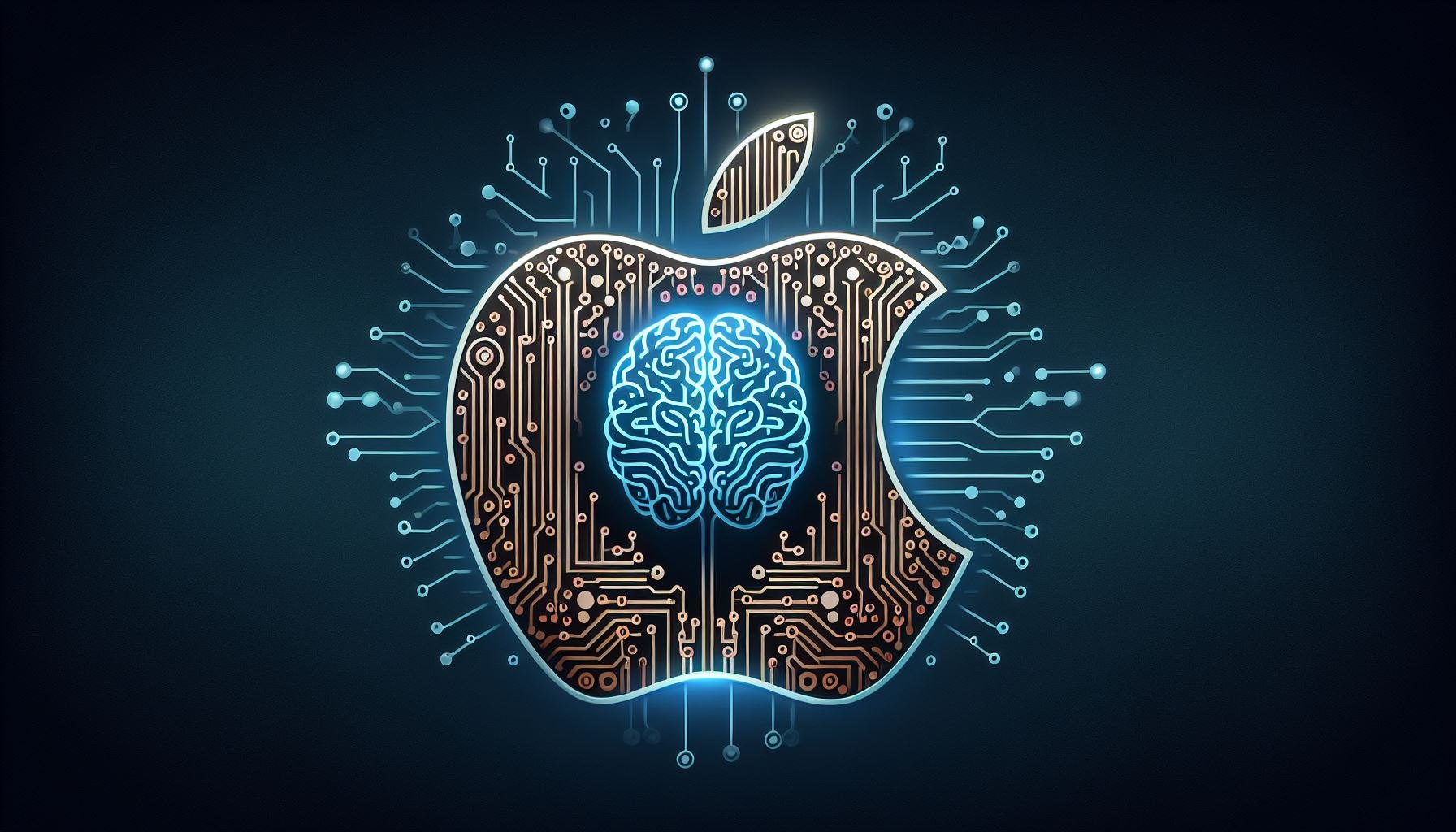From a strategic perspective, the implementation of the Texas AI server factory is by no means an isolated incident.
On February 24, the war on artificial intelligence infrastructure broke out again. Before Nvidia's earnings report was announced, Apple, one of the seven sisters in the U.S. stock market, announced a plan to burn money of US$500 billion.
The largest investment in U.S. corporate history not only covers the construction of a 250,000-square-foot AI server factory in Houston, Texas, but also includes adding 20,000 high-skilled jobs across the United States in the next four years and doubling the size of advanced manufacturing funds. To $10 billion and deep binding with supply chain partners such as Foxconn.Behind this series of actions is not only a response to the Trump administration's manufacturing return policy, but also a key layout for Apple to build a moat in the AI competition.InvalidParameterValue
From a strategic perspective, the implementation of the Texas AI server factory is by no means an isolated incident.The factory is scheduled to go into production in 2026 and provides computing power support for Apple Intelligence.As an AI assistant that runs through iPhones, iPads, Macs and other devices, Apple Intelligence's private cloud computing (PCC) infrastructure is autonomous, marking Apple's attempt to get rid of its dependence on third-party cloud services while firmly controlling data sovereignty.Well-known analyst Guo Minghao pointed out that the factory will be equipped with Apple's self-developed M5 high-end chips and is expected to be mass-produced in the second half of 2025, which is highly coordinated with the server production capacity expansion timeline.This technical path not only strengthens Apple's traditional advantages of "integration of software and hardware", but also improves the efficiency of AI training and reasoning to a new dimension through vertical integration.InvalidParameterValue
Supply chain restructuring is another core logic of this investment.Apple chose to cooperate with Hon Hai Precision (Foxconn) to build a factory, highlighting its urgency to build redundant production capacity outside of China.Currently, Apple relies on overseas for about 90% of its hardware assembly, but geopolitical risks and tariff pressures (such as the Trump administration's 10% tariff on electronic products assembled in China) are forcing the technology giant to accelerate "de-risk."At the same time, Apple's chip factory in Arizona that cooperates with TSMC has achieved mass production of A-series chips. This time, the production of M5 chips at the Texas factory further completes the localized chain from design to manufacturing.This full-link closed-loop of "chip + server + terminal" may reshape the global semiconductor industry.InvalidParameterValue
In terms of economic impact, Apple's US$500 billion investment can be called a precise "technology-employment-tax" trinity project.Among the 20,000 new jobs, R & D, chip engineering, and AI/ML accounted for more than 60%. The median annual salary of such high-value-added positions is expected to reach US$150,000, much higher than the average wage in the U.S. manufacturing industry.The establishment of the Michigan Manufacturing Institute delivers skilled talents to small and medium-sized manufacturing enterprises through industry-university-research linkage. This, together with the US$10 billion Advanced Manufacturing Fund, constitutes a virtuous cycle of "technology spillover-industrial upgrading".What's more noteworthy is that Apple has paid a total of US$75 billion in taxes over the past five years (US$19 billion in 2024 alone). This investment will further consolidate its political voice as "the largest taxpayer in the United States" and provide a potential policy game. Increase the chips.InvalidParameterValue
The immediate market response to this plan reflects investors 'complex mentality about Apple's strategic shift.In the short term, US$500 billion in capital expenditures may dilute profit margins-Apple's net profit margin in 2024 will be 24.3%. If it invests US$125 billion annually in the next four years, it will need to maintain a compound revenue growth rate of at least 8% to hedge the pressure.However, in the long-term perspective, AI servers serve as the hub of cloud computing and edge computing. Their self-developed and controllable will reduce Apple's annual payment for third-party services such as AWS and Google Cloud (currently estimated to exceed US$1 billion), and also provide subscription services (such as Apple TV+) provide lower-latency computing power support.In addition, if servers equipped with M5 chips are open to corporate customers, it may open up a new growth pole in the B-end market and benchmark Amazon's AWS Graviton ecosystem.InvalidParameterValue
What cannot be ignored is that this investment is also the product of a delicate game between Apple and Washington.Hours before the announcement, Cook's meeting with Trump was interpreted by the outside world as a "bargaining chip for tariff exemption negotiations."Although there is still doubt about whether the iPhone will be included in the tax increase list, leaving 20,000 jobs and key infrastructure in the United States will undoubtedly win Apple a policy buffer.A deeper consideration is that although the US$52.7 billion subsidy provided by the U.S. Chip and Science Act has not directly benefited Apple (mainly flowing to Intel, TSMC, etc.), through the increase in the proportion of local manufacturing, Apple will have a more competitive advantage in applying for government orders in the future (such as defense, medical AI projects).InvalidParameterValue
Looking at the overall situation, Apple's $500 billion gamble is far from a simple transfer of production capacity, but a three-dimensional war around AI hegemony, supply chain security and geopolitics.When Tesla's humanoid robot was still toddler in the laboratory, and the alliance between Microsoft and OpenAI was limited by the cost of computing power, Apple chose to build the AI era with the most asset-heavy method-self-built chips, self-controlled servers, and self-developed algorithms. Underlying infrastructure.This "sword without a blade" strategy may redefine the boundary between consumer electronics and cloud services and write a new growth equation for Apple in the post-iPhone era.

